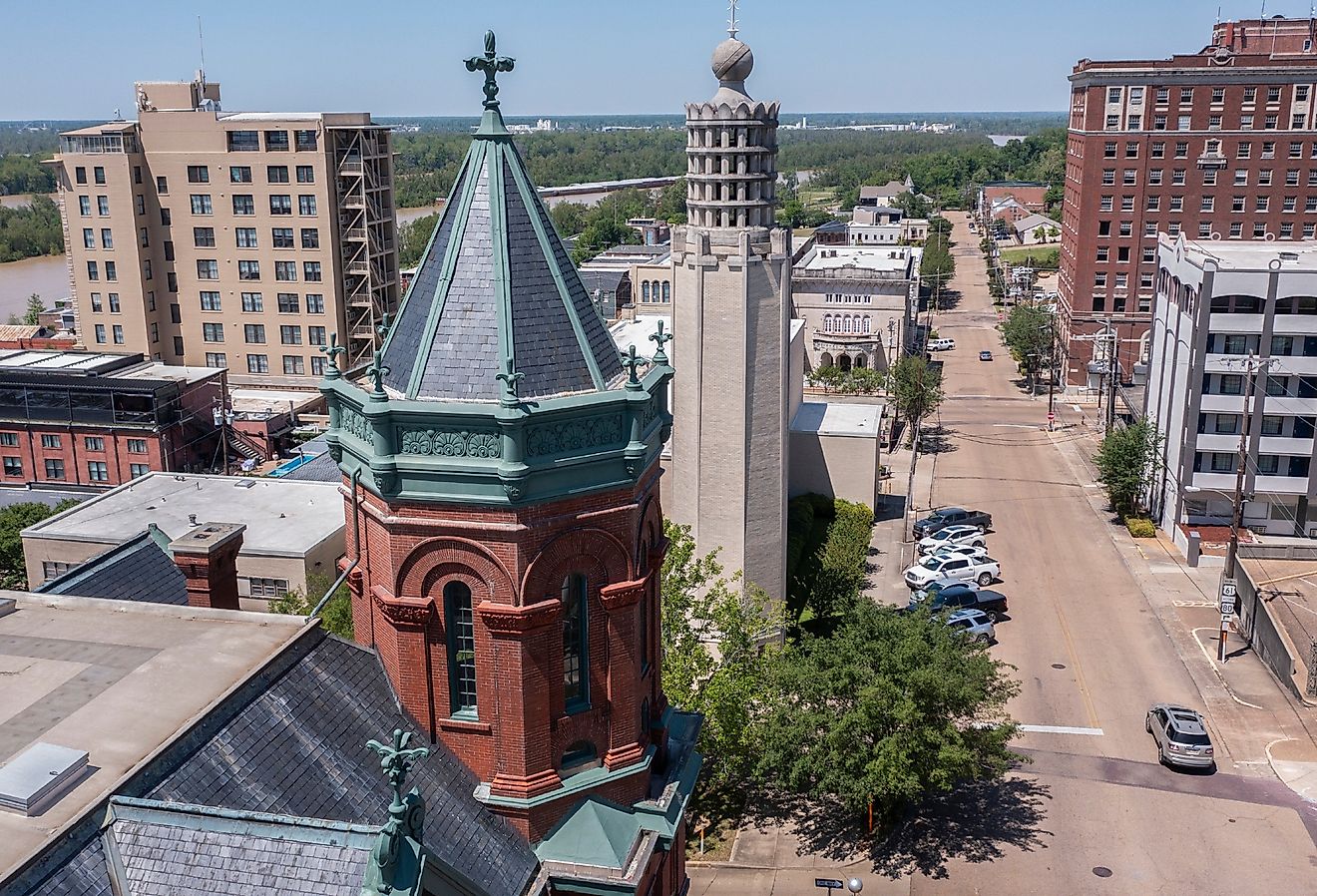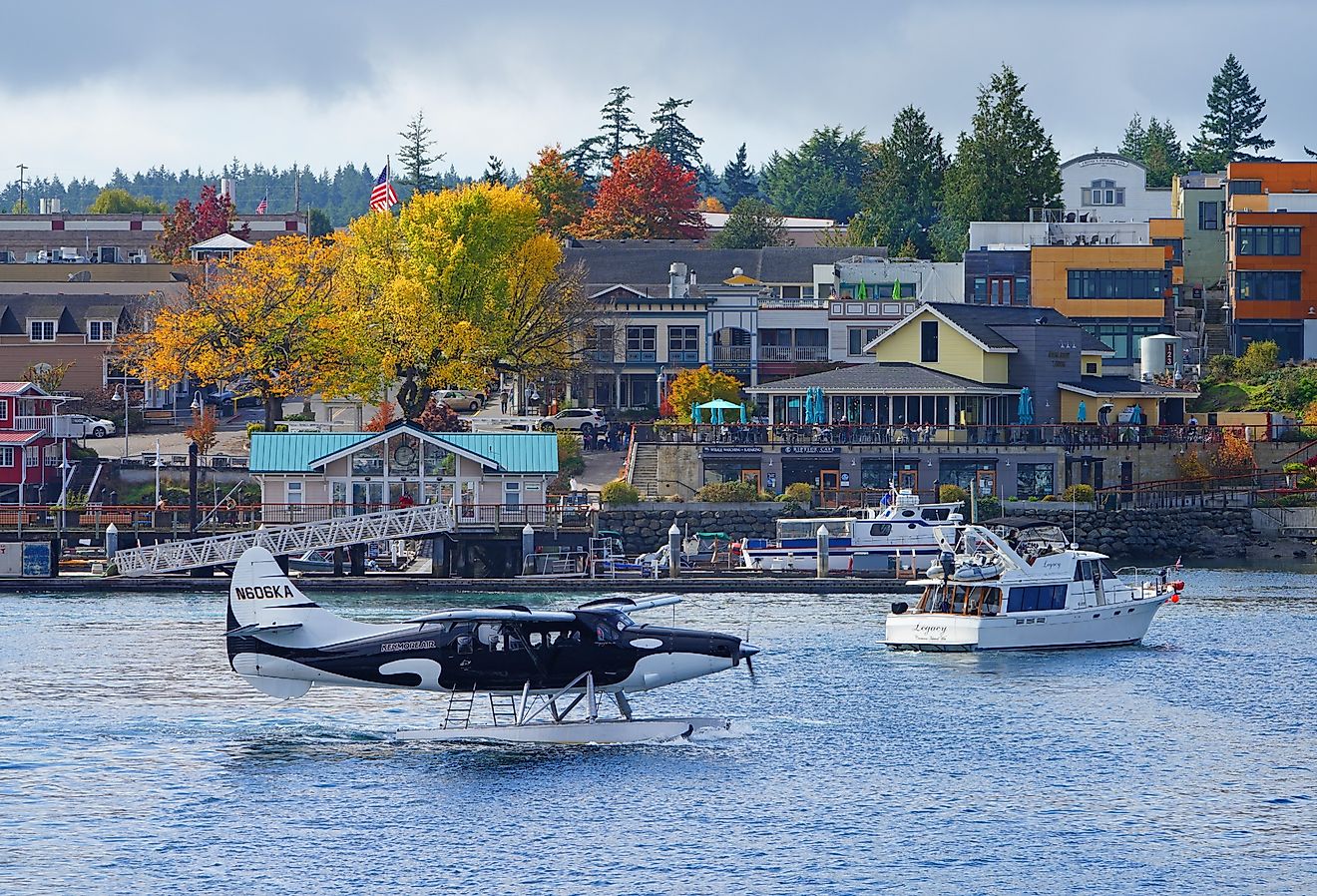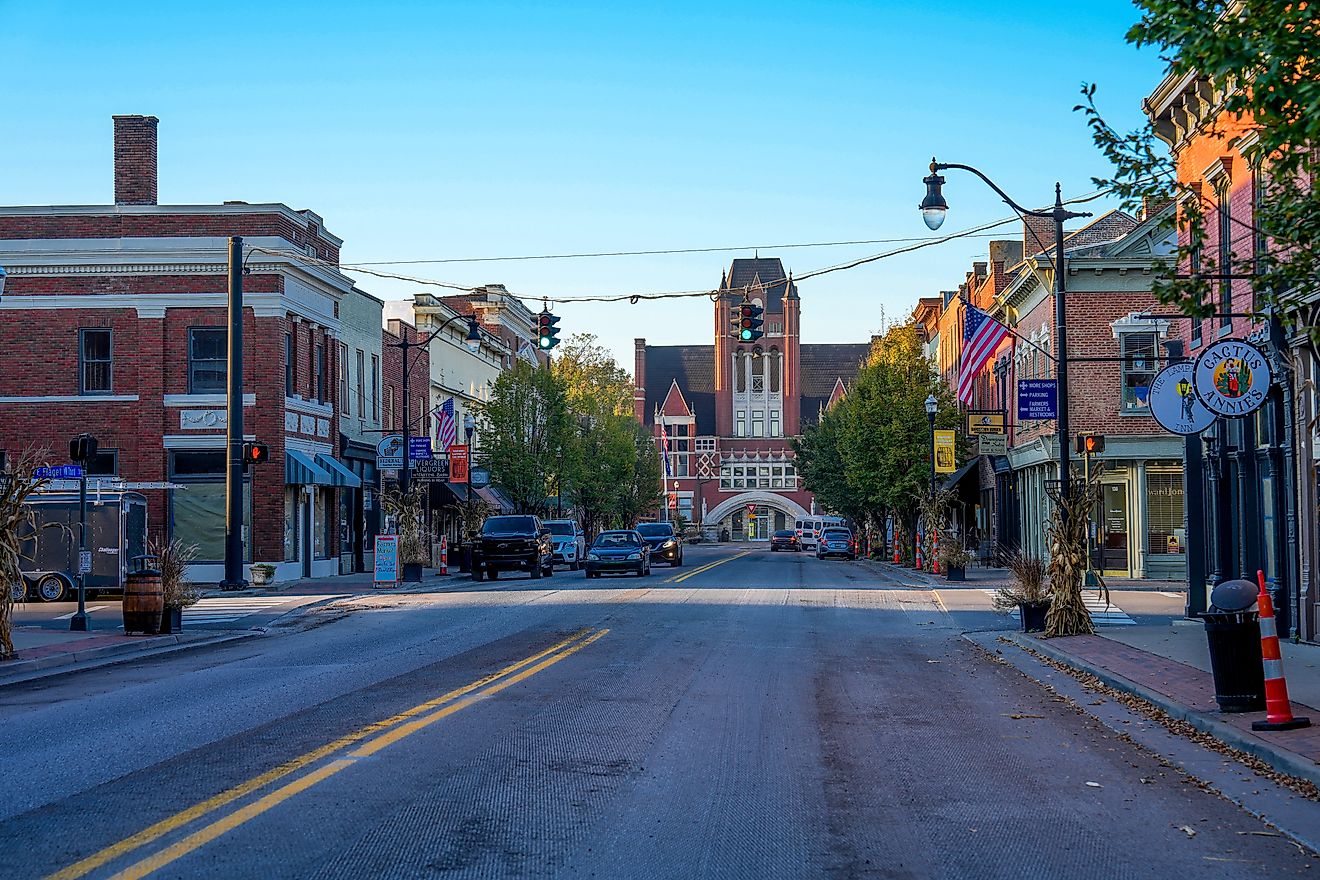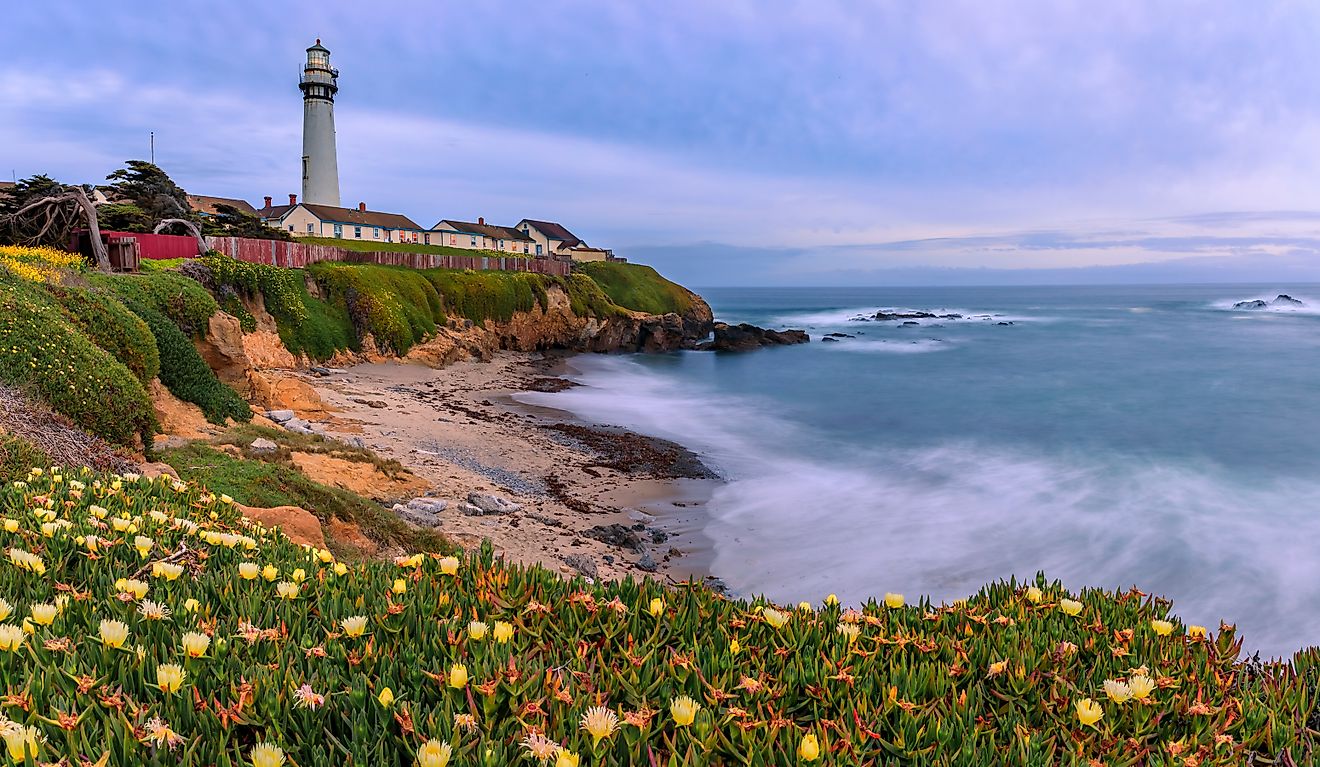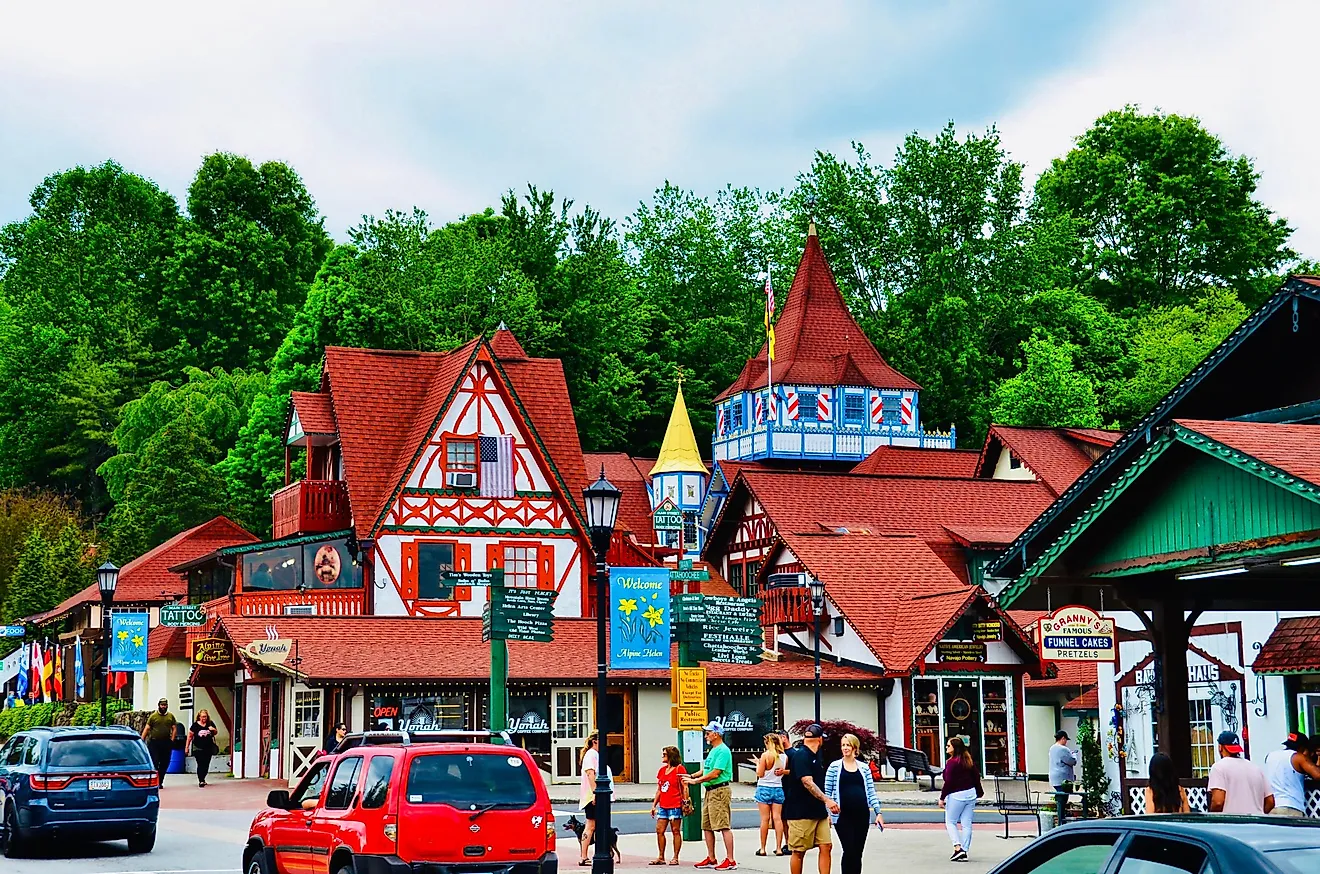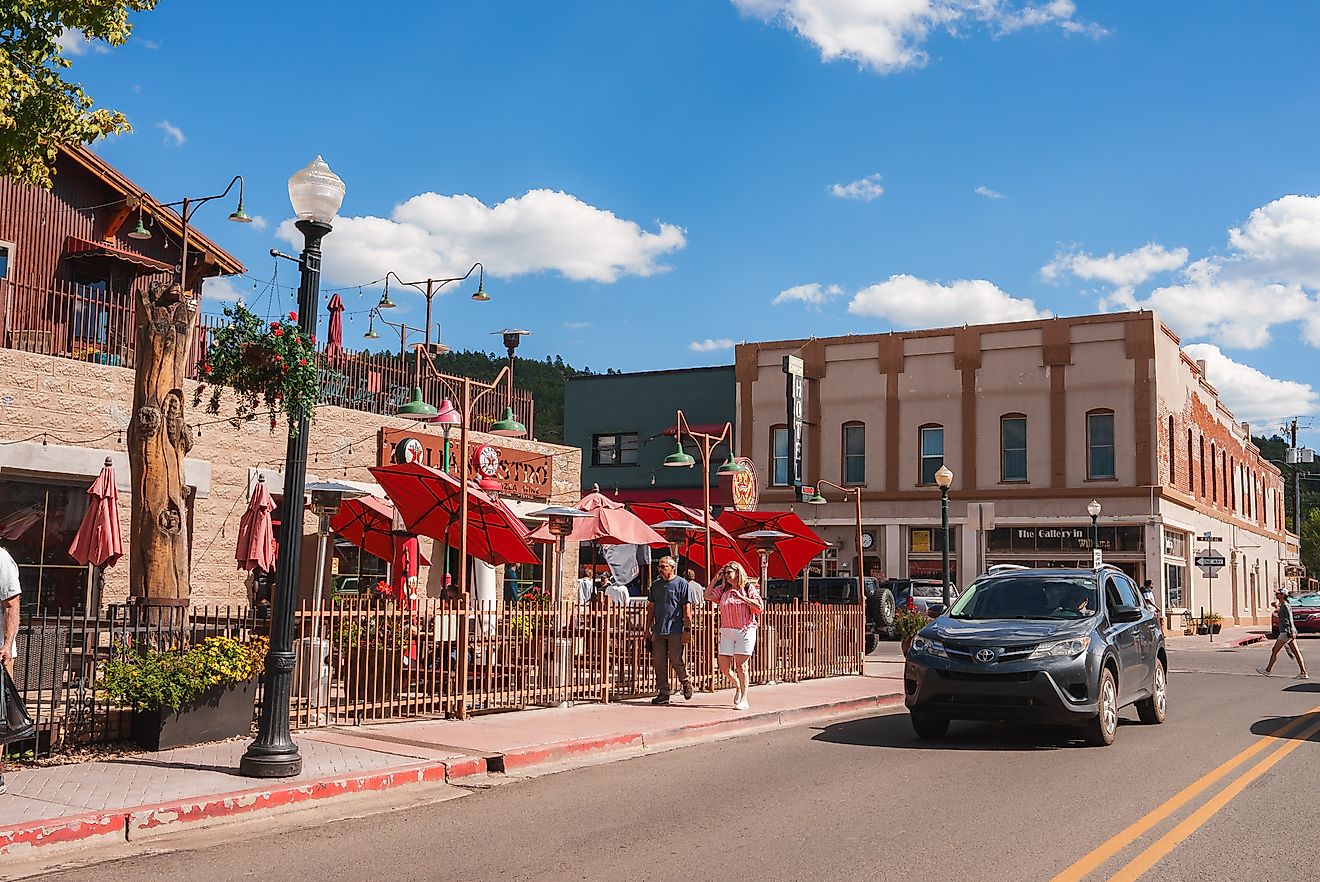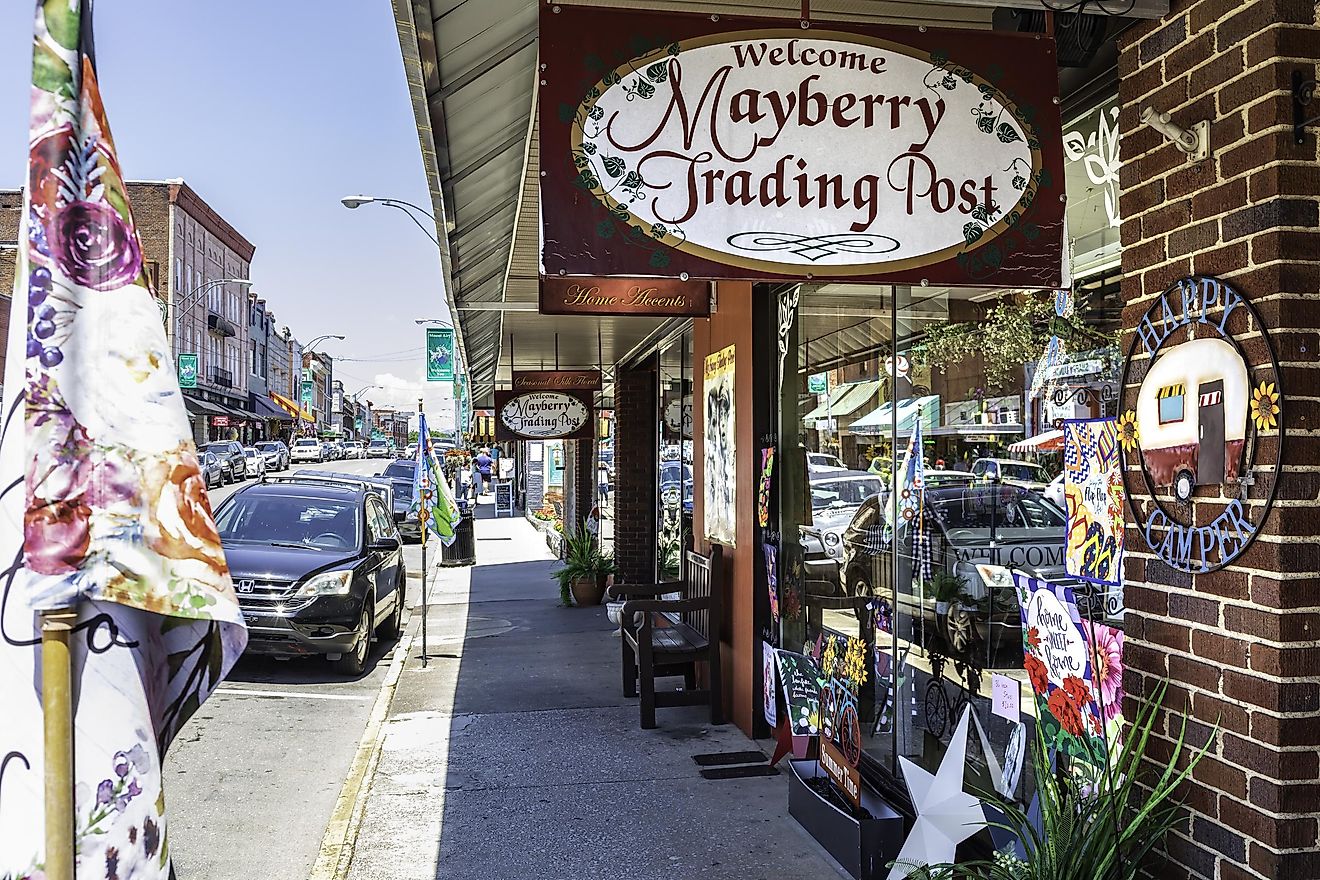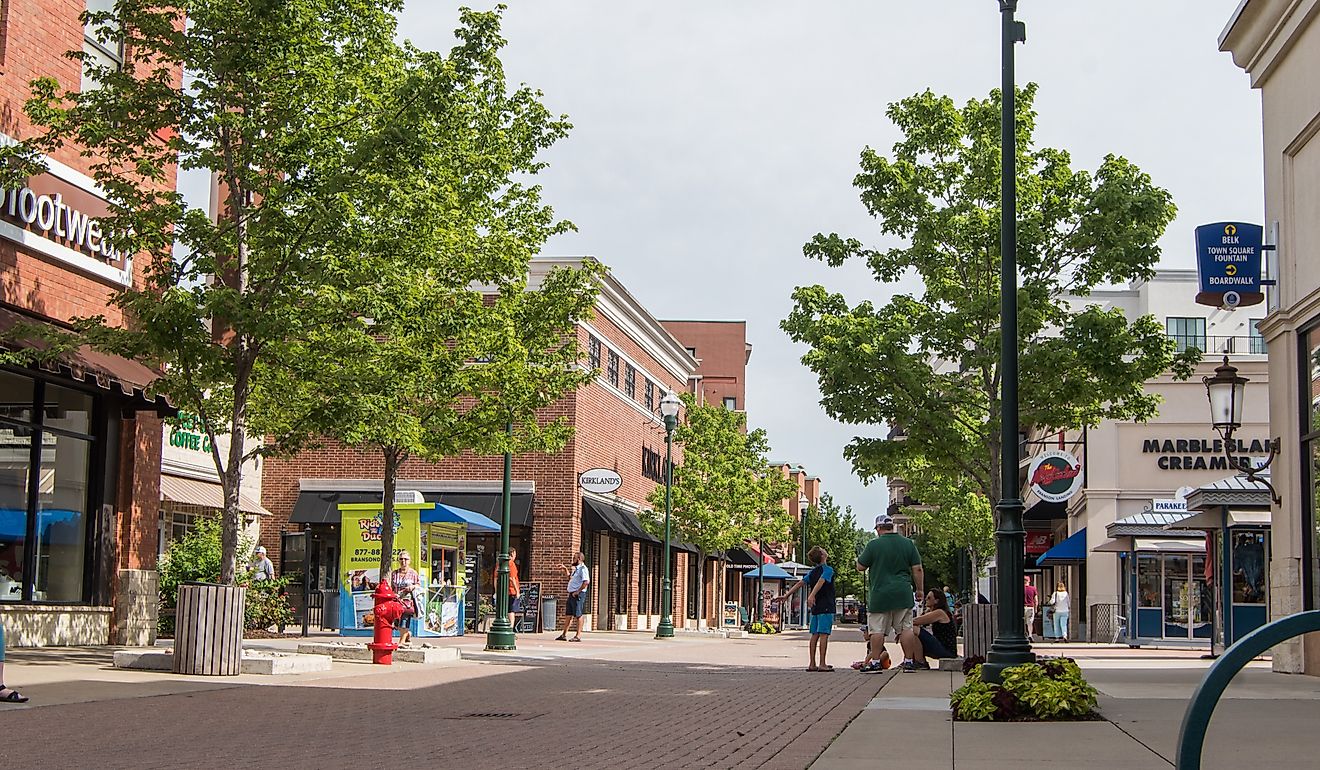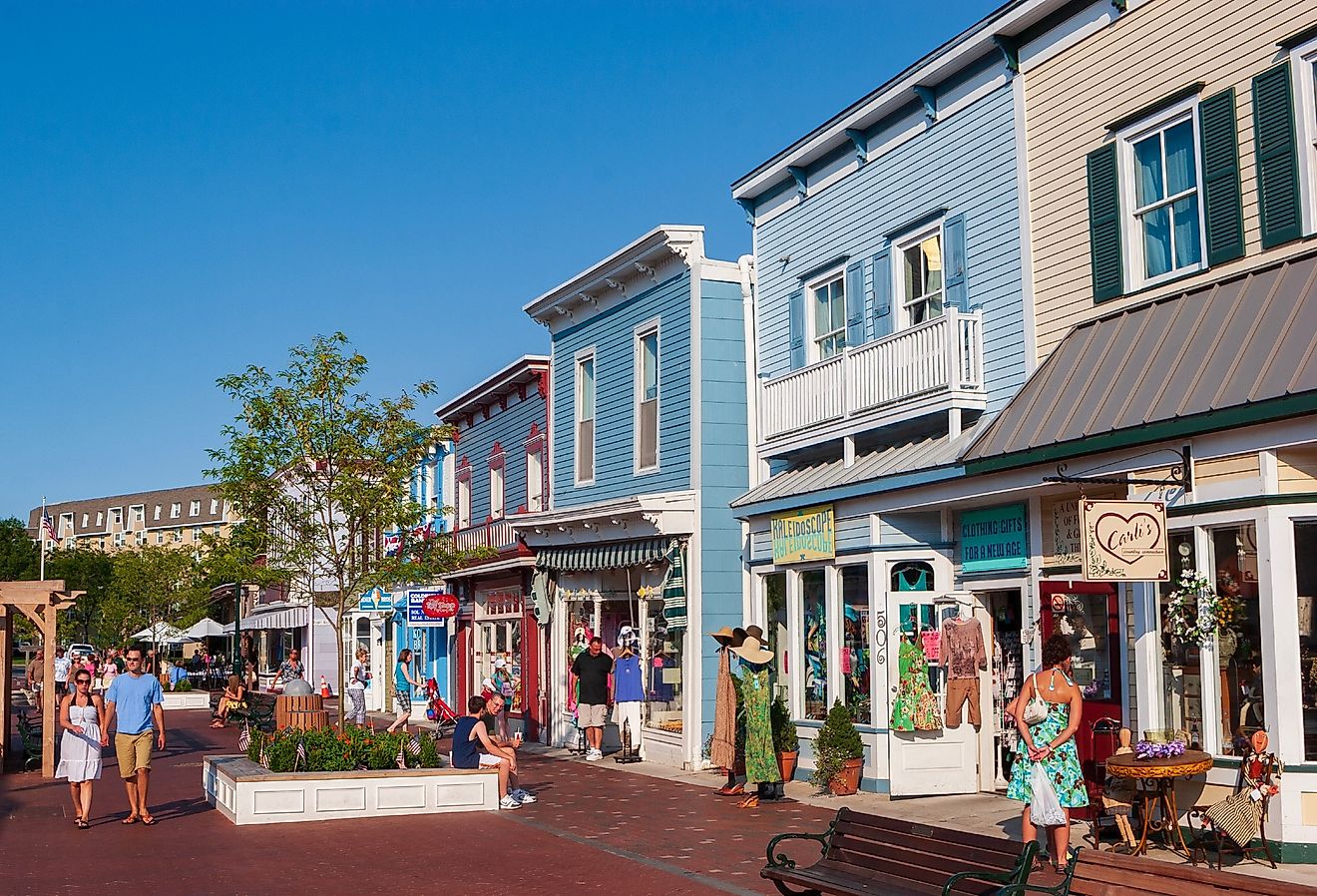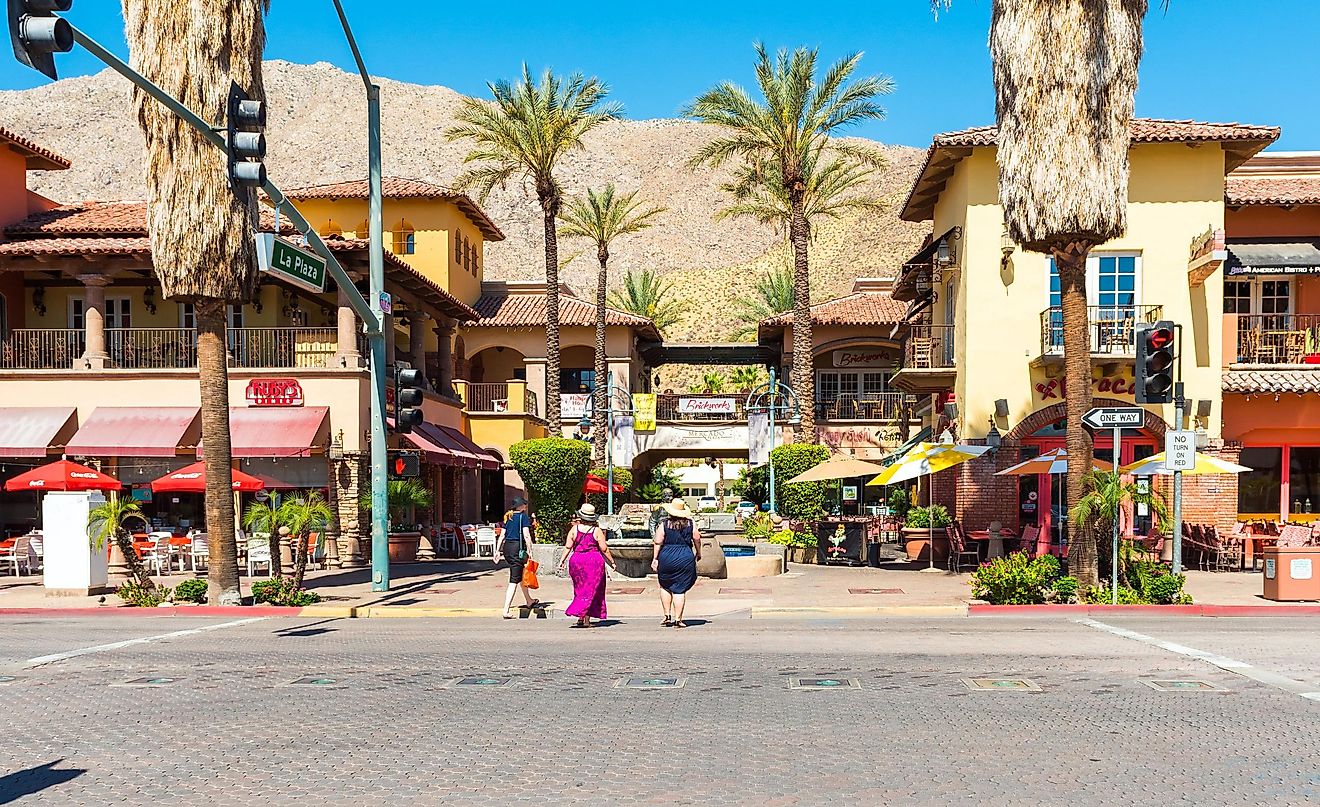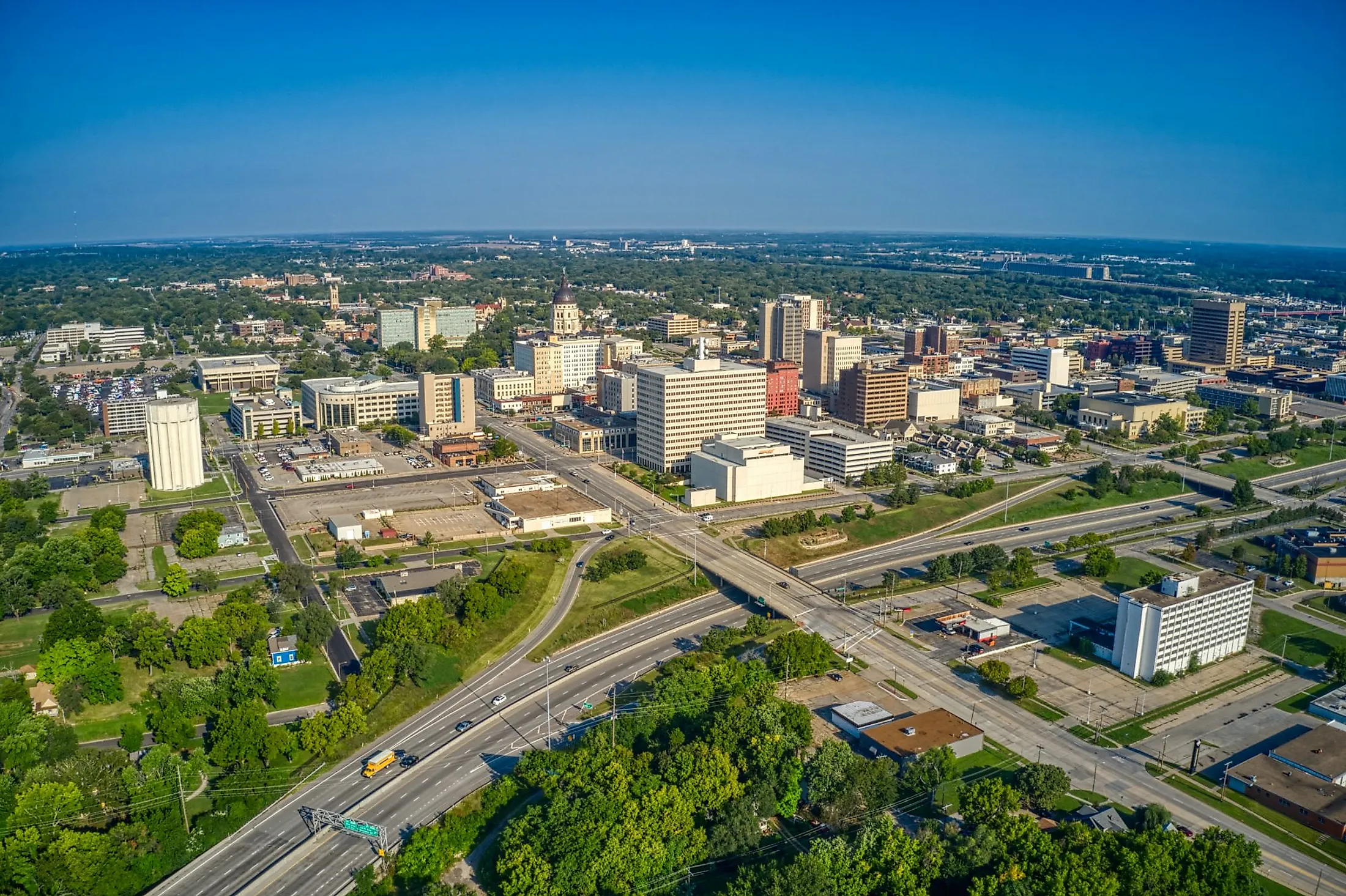
Topeka, Kansas
The name Topeka has been derived from an Osage word meaning “a good place to dig potatoes.” The founders selected the name for how the word sounded and its recognition of the Osage Native Americans. However, the word Topeka was a general term used as a place-marker for the Kansas River, on which the town was founded. Today, Topeka serves as the capital of Kansas state, but before, it was a quaint prairie town, a stop on the Oregon Trail and docking location on the Kansas River for steamboats. Topeka is also the home of the Evel Knievel Museum, which draws visitors from all over the world.
Geography And Climate Of Topeka
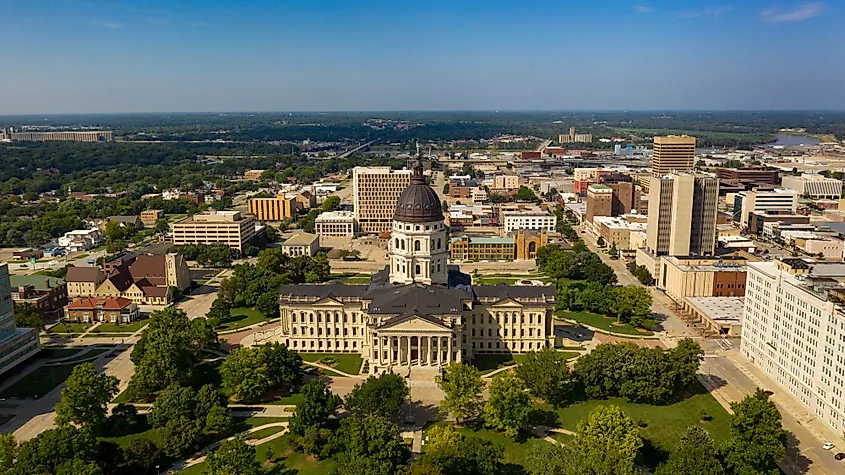
Topeka is a large city situated in Shawnee County in the northwestern part of the US State of Kansas. Topeka is located approximately 80 km east of Manhattan and 50 km west of Lawrence. The city covers a total area of 162.53 sq. km, of which 159.14 sq. km is occupied by land and 3.39 sq. km is covered by water. In the northern part of Topeka is the Kansas River, which flows from Kansas City to the east of Junction City. Moreover, Topeka is found within a physiographic area known as the glaciated region. This area was formed by erosion from glaciers and deposits of limestone and shale that were left behind. Loess is commonly found in northwest Kansas and consists of loosely compacted sediment forming hills or bluffs.
Topeka has a humid continental climate, experiencing four seasons in a year with distinct muggy summers and cool winters. Over a year, Topeka collects 90 days of precipitation from rain, hail, and snow. Rainfall totals to 957.58 mm, and snowfall to 45cm annually. The year's warmest month is July, with an average high of 31.7 °C, whereas January is the year's coldest month, with a low of -7.4 °C.
History Of Topeka
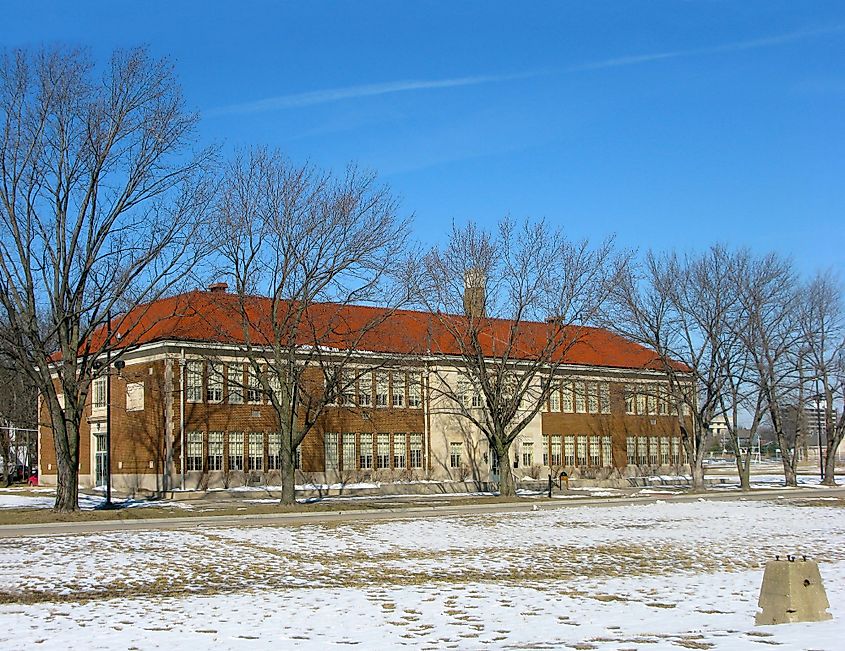
The United States purchased the Louisiana Territory, which included a majority of Kansas State, from France in 1803. This event is primarily known as the Louisiana Purchase. By the mid-19th century, Topeka saw an influx of traffic from settlers on the Oregon Trail and a military route that connected Fort Leavenworth to Fort Riley. In 1854, Topeka was founded by Cyrus K. Holliday, who would prove to be influential in the town's development. Holliday became the mayor, but at heart, he was an entrepreneur and established the Achison, Topeka, and Santa Fe Railroad. However, this wasn't the only mode of transportation that became significant, with the Kansas River on the outskirts of town. Thus, steamboats turned Topeka into a commercial hub with widely available meat, corn, and wheat. Topeka aligned with the free state movement, which saw the town under siege in 1856. However, a militia was formed to deter the pro-slavery guerrillas. In 1861, Kansas became the 34th state, and Holliday donated a plot of land for the State Capitol Building to be built. Constitution Hall was widely used as a government building before the State Capitol Building opened. It has been recognized for its significant role as the headquarters of the Lane Trail to Freedom and part of the Underground Railroad. Race issues in the community continued to be at the forefront of Topeka's history with the Supreme Court Case of the Brown v. Board of Education in 1951. The ruling in favor of ending segregation in classrooms was a big success in the civil rights movement. Furthermore, it saw it as illegal for racial separation of children in white-only and black-only classrooms. A majority part of Kansas abided by the ruling. However, schools in the south did not immediately incorporate the ruling into schoolhouses.
The Population And Economy Of Topeka
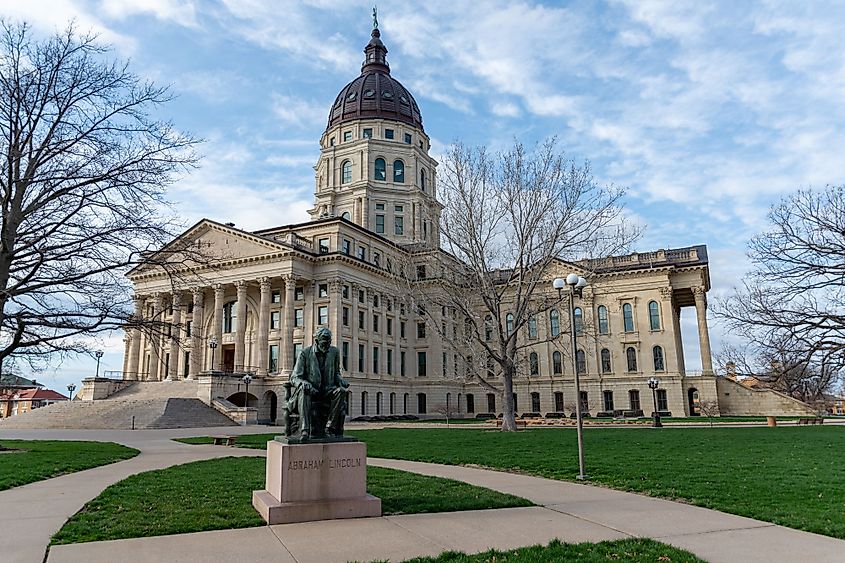
Topeka has a population of 123,906 inhabitants as per the latest US Census. The city has a population density of 780 people per sq. km. The median household income equals $63,811, and the gross monthly rent is $816. On the cost of living index, Topeka rates at 79, whereas the state of Kansas is 83.1. Yet, 14.43% of residents live below the poverty line.
The unemployment rate in Topeka is 3.9%, whereas the US unemployment rate is 6.0%. The top industries that makeup Topeka’s economy include healthcare and social assistance at 18.6% overall, retail trade at 11.7%, and public administration at 8.8%.Being the capital of Kansas, Topeka has numerous government and public administration jobs compared to other cities. The Kansas State Capitol Building, or Kansas Statehouse, has both executive and legislative government branches and has been in operation since Kansas was a territory in 1866. Currently, tours are offered of the 93 m high domed building, which can be accessed by climbing 296 steps to the fifth floor, and the site is listed on the National Register of Historic Places. The City of Topeka employs about 8,400 people and generates a revenue of $5.8 million.
Attractions In Topeka
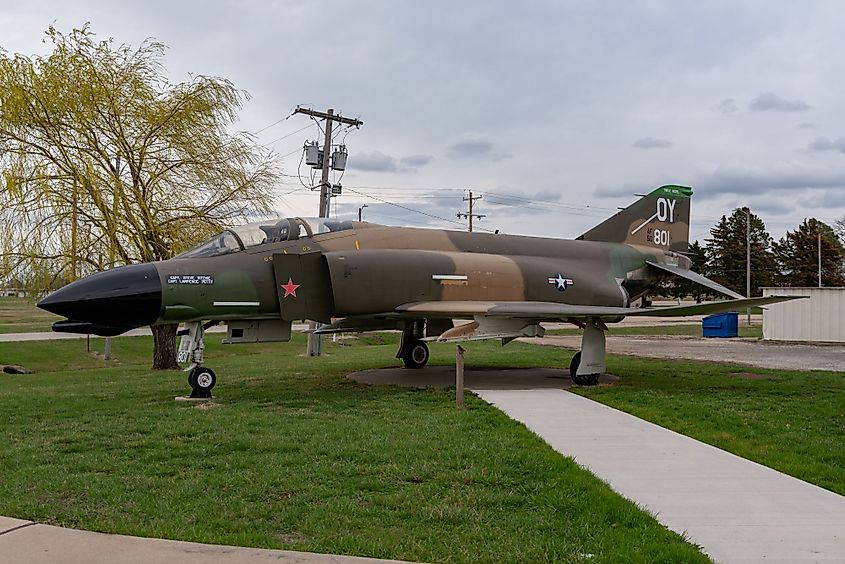
Kansas Museum of History
With 2,800 m of exhibit space, the Kansas Museum of History exhibits local history from prehistoric times to the present day. Notable exhibits include an Achison, Topeka, and Santa Fe train with two cars, a full-sized Cheyenne-style teepee, and a 1950s diner. The museum does not shy away from Kansas’s involvement in Bleeding Kansas, showcasing tribal artifacts and local relics from Oregon and Santa Fe Trail.
Evel Knievel Museum
Found in central Topeka, the Evel Knievel Museum has an expansive apparel collection, performance pieces, and memorabilia. Displays include the star-spangled suit and stunt-worn helmets with dents and all. The museum has an interactive virtual reality motorcycle that gives a first-person view of Evel Knievel jumping over 16 cars.
Topeka is a quiet capital town that has decades full of history. Placed on the shores of the Kansas River, this tranquil prairie town’s growth came from migrants on the Oregon Trail and the beginning of an economy from trains and steamboats. It became known throughout the United States for the jaw-dropping ruling of Brown v. Board of Education. Today, visitors are drawn to Topeka for several reasons, from the Evel Knievel Museum and Museum of History to the many historic sites like the Kansas State Capitol building. Whichever the reason, there is much to be learned in Topeka.
